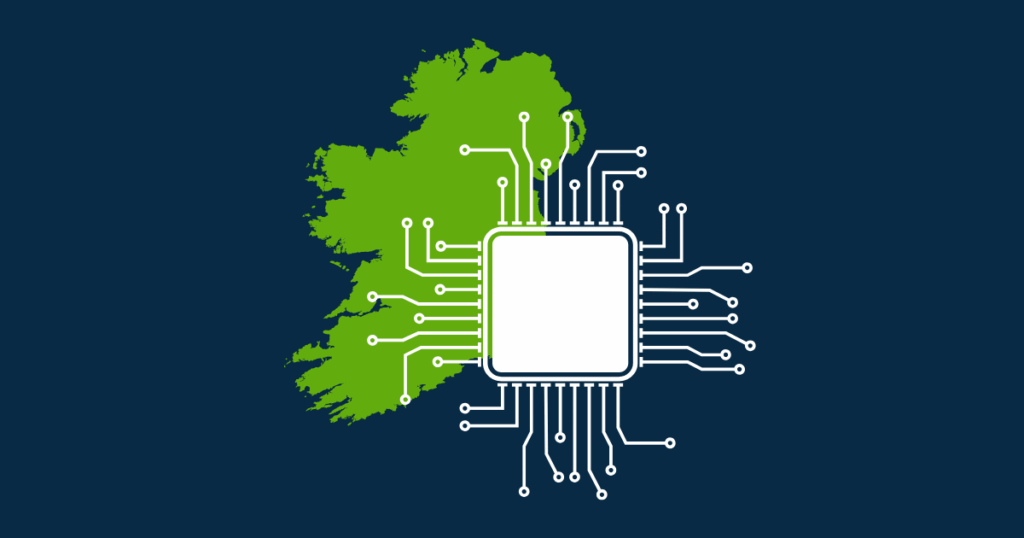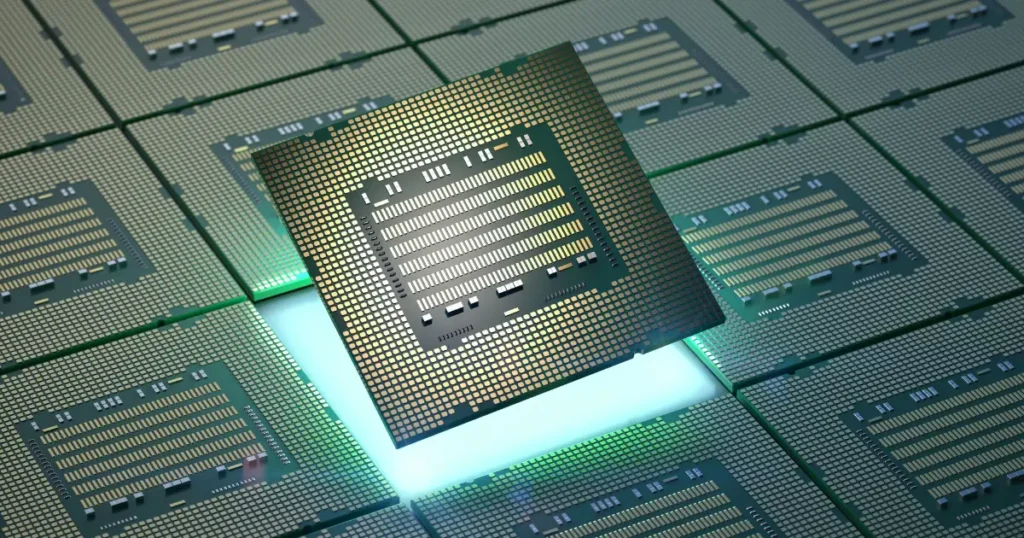Welcome to Silicon Island – Ireland’s National Semiconductor Strategy

Ireland may be known for its green fields and potatoes, but a new kind of harvest is on the horizon: high-tech chips. On May 19th, 2025, the Irish government unveiled their plans for Silicon Island: a first-of-its-kind roadmap aimed at significantly expanding the country’s semiconductor sector.
The strategy was officially launched at the Tyndall National Institute in Cork by Peter Burke, the Minister for Enterprise, Trade and Employment. As Ireland’s national institute for semiconductors, Tyndall plays a key role in advancing chip research and talent development.
Professor William Scanlon, CEO of Tyndall National Institute, commented:
“I welcome the publication of the strategy and the Government’s support and ambition for the semiconductor industry and ecosystem in Ireland. As the national institute for semiconductors, Tyndall is proud to play our part in the delivery of the strategy through collaborative research and innovation and the development of talent and skills.”
Minister Burke emphasized:
This strategy aims to foster the further growth of Ireland’s semiconductor ecosystem over the coming decade in support of the European Chips Act and Digital Decade ambitions through three strategic strands: strengthening the existing ecosystem, ensuring a robust national talent pipeline, and seizing industry opportunities.
From AI to quantum computing and the green transition, semiconductors are at the core of global innovation… While we are in a position of strength, we must go further. This Strategy aims to put Ireland firmly at the forefront of the global semiconductor industry, and marks the start of a journey towards Ireland and Irish companies becoming world leaders in this this vital technology. We’re ready to lead.
The strategy is Ireland’s most coordinated semiconductor push to date, aligning closely with the European Chips Act and the EU Digital Decade ambitions. Already home to more than 130 semiconductor companies and €13.5 billion in annual chip-related exports, Ireland is picking up the pace.
Silicon Island Key Goals: Inside Ireland’s Semiconductor Strategy

- Boost Employment: Grow the semiconductor workforce from 20,000 today to 34,500 high-value roles by 2040, building on Ireland’s current €13.5 billion in chip-related exports
- Attract Investment: Deliver a leading-edge chip fab, two trailing-edge foundries and an advanced packaging facility by securing major, sustained industrial investment
- Strengthen the ecosystem: Foster deeper connections between stakeholders (industry, academic and research) and position Ireland as a critical player in Europe’s semiconductor future
- Develop Talent: Engage with the education system and training bodies to secure a future-ready talent pipeline aligned with the semiconductor industry needs
- Drive Innovation: Promote R&D, support indigenous startups and collaborate with multinational companies to promote Ireland’s leadership position as a hub of semiconductor design and manufacturing excellence
Silicon Island is more than a national plan. It’s a strategic move to help the EU reach its goal of 20% global semiconductor market share by 2030. By positioning Ireland as a preferred location for advanced semiconductor R&D and manufacturing, the country aims to cement its role in the next wave of digital innovation.
In addition to driving innovation, the strategy also acknowledges the ongoing global challenge of hiring across the semiconductor ecosystem. It notes:
To facilitate projected growth in semiconductor output, Deloitte predicts that the global semiconductor workforce, estimated at 2 million in 2021, will need to grow to 3 million by 2030, adding approximately 100,000 annually. In 2022, 6% of European enterprises had hard-to-fill vacancies for jobs requiring ICT specialist skills, 3.4% more than in 2014….. The semiconductor sector is experiencing unprecedented demand and projected to grow exponentially in the years to come. Paired with the training opportunities available nationally and at EU level through the Chips for Europe Initiative, the sector offers an abundance of possibility for those who wish to enter it. It remains vital for industry to promote an understanding of the sector among prospective talent based on these opportunities. Ireland must be agile and ensure it is well-positioned from a skills perspective to respond to opportunities as they arise. As the already complex semiconductor industry evolves, PhD-level expertise will be increasingly valued for its theoretical depth and problem-solving capabilities, skills and talent investments must be targeted across all levels of qualification and study. [page 50, Silicon Island Ireland’s National Semiconductor Strategy]
What This Means for Design & Verification Professionals

- More local collaboration opportunities between academia and industry
- Increased access to cutting-edge research and development (R&D) projects
- A growing ecosystem that supports start-ups, scale-ups and design IP development
- Potential for new roles in fabless design, packaging and test development
Ireland is building momentum, not just for chip manufacturing, but across the entire semiconductor value chain. Ready to dive deeper into the strategy and what it means for your career? Download the full strategy document from the Department of Enterprise, Trade and Employment website.
